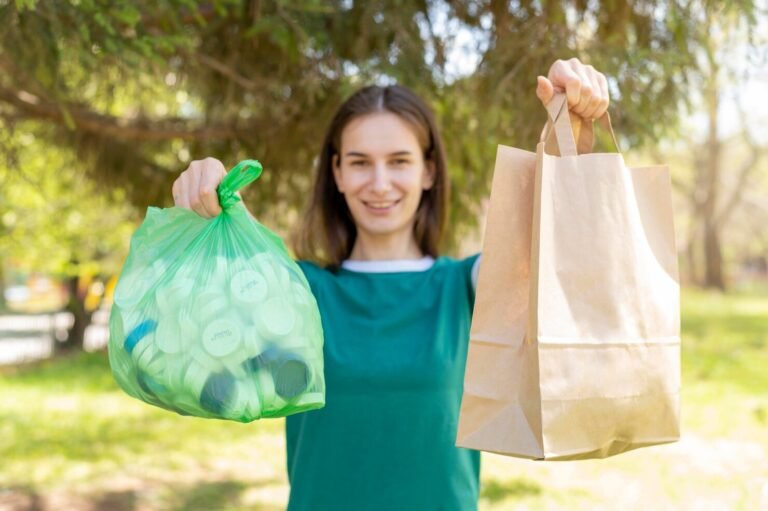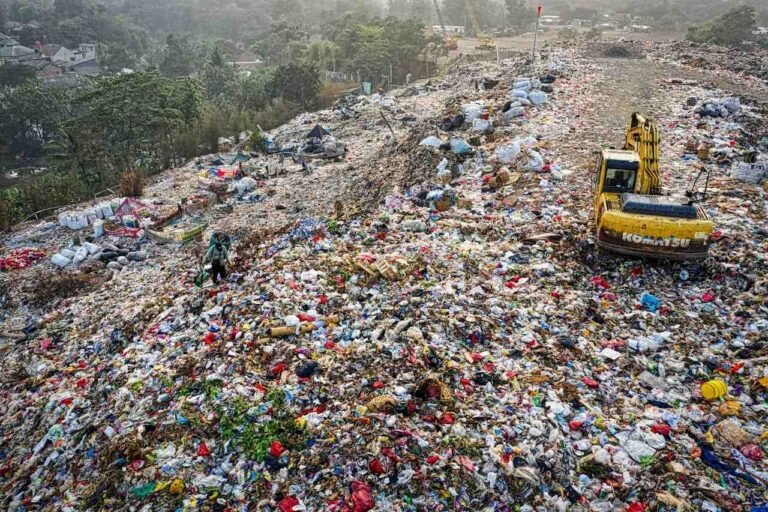Student Research Shows Microplastics Damage Coral Reproduction in Hawaiian Reefs
Coral reefs off Hawaiʻi are known for their colour, fish life and importance to people who fish, surf and make a living from the sea. Lately, though, scientists at the University of Hawaiʻi have been raising the alarm about something less obvious than bleaching or overfishing: tiny pieces of plastic and the chemicals they release. New lab and field work led by a recent graduate student shows that microplastic-associated chemicals can cut coral fertilisation and confuse baby corals trying to settle — two of the most critical steps a reef needs to recover after damage. According to a 2024 study by Wilkins et al., tests on the reef-building coral Montipora capitata found that chemicals leaching from plastics reduced fertilisation rates, even when the plastic particles themselves did not.
The research comes in two linked parts. The first paper tested coral eggs and sperm in controlled settings and found that leachates — the chemical soup that comes out of plastics in seawater — lowered the chances that eggs and sperm would fuse successfully. The second paper tracked tiny coral larvae (planulae) for several days and showed that some leachates also reduced survival and changed settlement behaviour — in one worrying case, a leachate actually made larvae more likely to settle on plastic-like surfaces rather than natural reef rock, a trap that can doom young corals. According to the 2025 Frontiers study, the effects varied by polymer type, concentration and species, and in some treatments, settlement was significantly depressed over a week-long observation window.

What the Science Found, in Plain Language
The simplest way to understand the findings is this: plastics don’t just clog reefs — they also leak chemicals that act like invisible saboteurs, disrupting coral life cycles. In laboratory trials with Montipora capitata, exposure to leachates from common plastics such as high-density polyethene (HDPE) and low-density polyethene (LDPE) was linked to lower fertilisation rates and reduced planula survival across several treatment groups. The 2024 experimental study by Wilkins et al. measured fertilisation across various polymer types and concentrations, concluding that microplastic-associated chemicals — rather than the particles themselves — were the likely cause of the fertilisation declines. The study suggested that these are the first controlled experiments to demonstrate the direct toxicity of microplastic leachates to coral reproduction.
The Frontiers paper followed larvae for seven days and found species-specific and time-dependent effects: some polymers and concentrations caused significant drops in survival and settlement, while others produced complex responses, including unexpectedly higher settlement in one high-concentration HDPE treatment — a possible case of misleading chemical cues that draw larvae to poor substrates. The authors warn that this “attraction” effect could lead larvae to settle on plastics or degraded surfaces, reducing their long-term survival. According to the Frontiers study, such outcomes suggest microplastics are a hidden, multi-stage threat to reef recovery.
These experiment-based findings build on broader evidence showing that plastics already harm coral reefs in multiple ways. A major survey published in Science in 2018 estimated that more than 11 billion pieces of plastic were lodged on Asia–Pacific reefs and found that corals in contact with plastic were far more likely to show signs of disease. The study linked plastic entanglement to higher infection rates and predicted that such entanglement could rise sharply without better waste management. It also found that plastic contact increased the likelihood of disease from about 4% to 89%.
Voices from the field and real-world context
Keiko Wilkins — the graduate researcher behind the Hawaiʻi experiments — says the work grew out of watching spawning events and worrying that reefs already weakened by heat or pollution might be less able to rebound if their reproductive stages are quietly failing. “When people think of threats to coral reefs, microplastics are often unnoticed,” she told university reporters, noting that corals can ingest microplastics and that additives or sorbed chemicals may be doing the real damage. According to the University of Hawaiʻi reporting, Wilkins conducted the work at the Kewalo Marine Laboratory and framed the studies to reflect realistic polymer types and concentrations.
On Maui and Oʻahu, reef managers and restoration groups are already juggling multiple threats. Restoration successes show what is possible when communities act. For example, researchers at UH Mānoa have tested engineered shelters and settlement substrates that dramatically increase baby coral survival in restoration nurseries, showing practical ways to boost recruitment after spawning events. A UH study found specially designed 3D-printed shelters increased settlement rates manyfold and improved year-long survival of juvenile corals — a reminder that human creativity can help tip the balance when reefs are given a fighting chance.
Community reef volunteers also report finding microplastic fragments and larger debris during cleanups. These everyday observations align with scientific findings: microplastics are present in reef water, in fish stomachs, and even within corals themselves. Broader reviews indicate that microplastics have been detected in coral tissue and skeletons, with ingestion, abrasion, and pollutant transfer identified as key pathways of harm. According to a 2022 study by Pantos et al., research worldwide shows that microplastics are consistently associated with reef biota and sediments, adding yet another layer of stress to reefs already struggling with warming and acidification.
What this Means and what People Can Do Next
The new Hawaiʻi studies do two things for managers and the public. First, they show that microplastics act not only as physical litter but also as chemical stressors that can impair reproduction at multiple life stages. Second, they suggest that plastic pollution could help explain why some reefs fail to bounce back after bleaching: if adults can’t reproduce well or larvae don’t settle properly, recovery stalls even when temperatures cool. The study by Wilkins et al. and the subsequent Frontiers paper suggested that these reproductive bottlenecks are realistic pathways through which plastics can weaken reef resilience.
Action is needed at several levels. Locally, communities can expand beach and reef cleanups, reduce single-use plastics, and support shoreline waste management that stops debris before it reaches the sea. At the management level, protected-area planners should factor in plastic inputs when prioritising reef sites for conservation and restoration; the 2018 Science analysis showed that locations with more mismanaged plastic waste nearby had higher entanglement levels and disease risk.
For researchers and funders, the Hawaiʻi work points to two clear next steps: chemical profiling of actual leachates from weathered plastics in the field (not just virgin beads in the lab), and longer-term tracking of larvae and juveniles to determine whether early effects translate into fewer adult corals. The Frontiers authors themselves call for experiments that test weathered environmental plastics, smaller particle sizes, and the role of biofilm-associated chemicals — work that will help connect lab results to real reef conditions. These follow-ups are essential to move from warning signs to predictive management.
Finally, there are hopeful, practical moves that make a difference today. Restoration engineers are designing safer settlement substrates, community groups are reducing plastic at the source, and policymakers can push for better waste management and product standards that limit harmful additives. If we treat microplastics as both litter and chemical pollution, we gain more tools to protect future reef generations. As Wilkins put it in interviews about her work, microplastics are an overlooked threat — and seeing them that way is the first step to fixing the problem.







